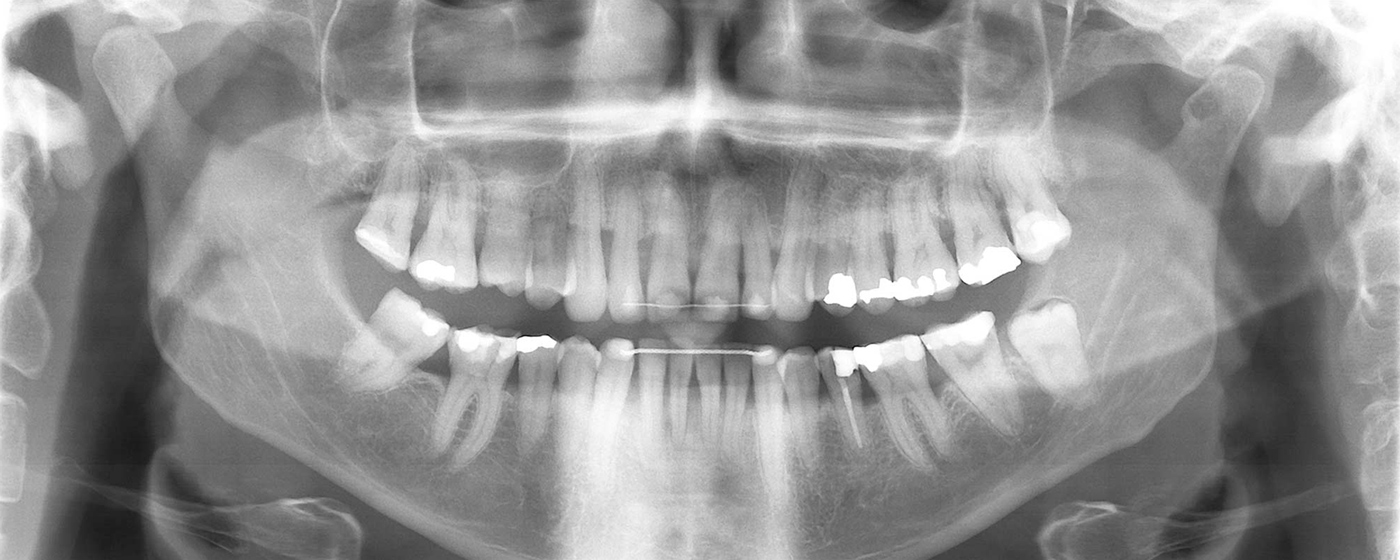
What is a periodontal inflammation?
The bacteria that are present in everyone’s mouth colonise the surface of the teeth and form a white deposit or dental plaque (biofilm) on the teeth.
Cleaning your teeth properly is very important. If we do not remove dental plaque sufficiently as part of our daily oral hygiene routine, superficial inflammation of the gums, or gingivitis will start to occur within as little as 3 weeks.
Gingivitis is usually noticeable from redness, swelling and bleeding of the gums. Sometimes we can’t see anything wrong with our gums just by looking in the mirror, but it may be that the more difficult-to-reach interior parts of the mouth are affected.
If gingivitis is not treated, periodontitis may occur. The periodontal structure is the whole of the area of tissue that anchors the teeth to the jaw. With periodontitis, not only are the gums infected and inflamed, but the bone that surrounds the tooth is also degraded.
The bone surrounding the root of the tooth usually breaks down very slowly. As a result, deepened gingival pockets developed between the root of the tooth and the gums. In more rare cases, a great deal of bone can become irreversibly degraded by the inflammation in a short space of time.
Gingivitis and periodontitis are among the most common infectious diseases in humans. Sometimes they only affect part of the teeth.
